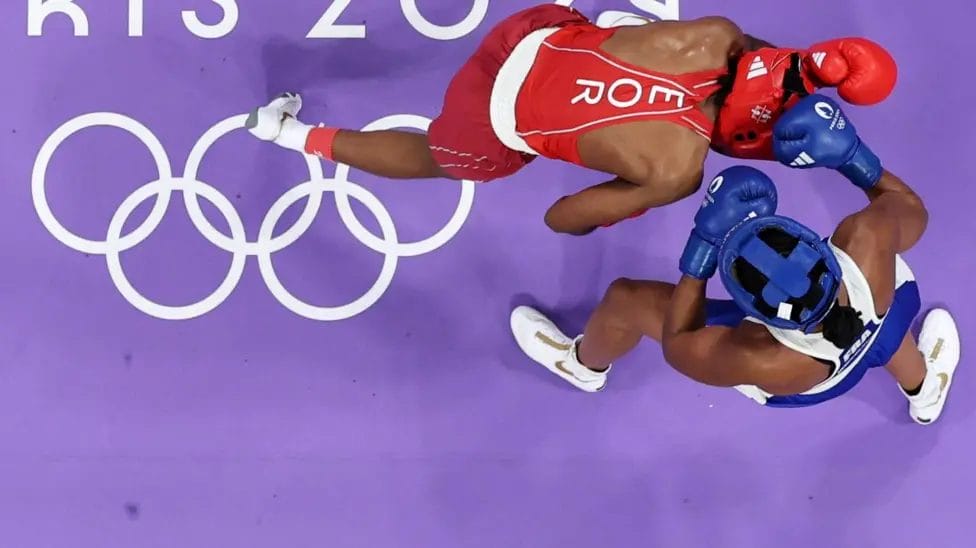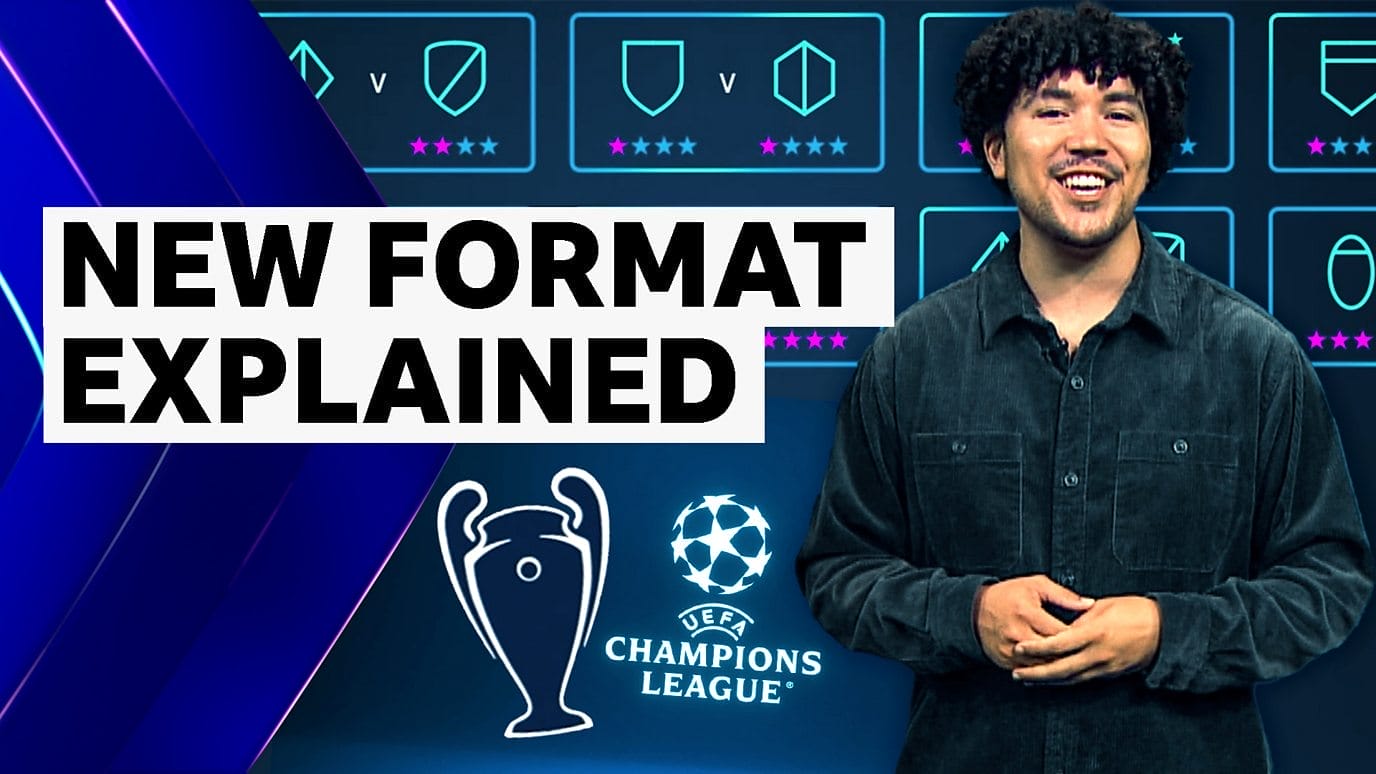
Despite Softer Tyre Compounds, Jeddah Grand Prix Dominated by Single Stop Tactics
When Pirelli announced it would shake up the tyre selection for the Saudi Arabian Grand Prix, the move was met with cautious optimism. The Italian manufacturer brought softer compounds (C3, C4, C5) than the previous year, breaking the uniformity it had applied to the rest of the first five races of the 2025 Formula 1 season.
The goal was simple: encourage strategic variation, nudge teams away from predictable one-stop races, and perhaps even make two-stoppers a viable — or even preferable — route to the chequered flag.
But come race day in Jeddah, it quickly became clear that things hadn’t exactly gone to plan. Despite the presence of softer rubber, teams stuck with what they knew best. The one-stop strategy, even in its new environment, still reigned supreme.
So, what went wrong — or rather, what didn’t go wrong enough?
Pirelli’s Intentions: Softer Tyres, Tougher Choices
Ahead of the Saudi Arabian Grand Prix, Pirelli Director Mario Isola had outlined the rationale behind the compound switch. After analysing data from the 2024 edition and reviewing winter testing of new rubber formulations, the tyre supplier saw an opportunity to inject life into the tactical side of the race.
“Based on last year’s experience and our recent test findings, we wanted to offer teams a wider range of strategic choices,” Isola had explained. “With softer compounds, we hoped the wear rates would introduce a more natural two-stop scenario into the equation.”
In practice, the tyre allocation went one step softer than 2024 — with the C5 soft replacing the C4, C4 as the new medium, and C3 acting as the hard tyre for the weekend. It was the only race among the opening five rounds to receive such treatment.
From the outset, the hope was that softer tyres would degrade faster, forcing teams to make difficult calls: chase performance at the cost of longevity, or manage tyres and risk falling into traffic. On paper, it made perfect sense.
2024 vs 2025: What Changed?
To appreciate Pirelli’s intentions, we have to rewind to last season’s race. In 2024, 18 of the 20 drivers started on C3 (medium) tyres, with the vast majority switching to C2 (hard) under a mid-race Safety Car. Fourteen drivers ran that single stop to the end with relative ease, rarely losing performance late in the race.
Fast forward to 2025, and the only real difference was the name on the sidewall. Instead of starting on C3s and finishing on C2s, most teams simply flipped to C4s and C3s. The behaviour, however, was strikingly similar — tyre degradation remained tame, and stint management relatively straightforward.
The result? Despite every intention of seeing split strategies or late-race undercuts, we got… more of the same.
Isola Admits Reality Fell Short of Ambition

After the race, Mario Isola admitted that the expected strategic variety never quite materialised — but also explained why. “Tyre degradation was under control,” he said plainly. “With proper pace management, a one-stop strategy was still the fastest and safest option.”
That was really the key: the tyres were softer, but not too soft. Drivers could push, then settle into rhythm without worrying about rapid wear. Add to that a Jeddah street circuit that’s relatively smooth with low abrasiveness, and the theory of aggressive degradation never truly had the conditions to flourish.
Isola didn’t appear frustrated — more philosophical. “Formula 1 is about finding the optimal balance,” he said. “Sometimes the variables just don’t combine to create the intended effect. That’s not a failure — it’s learning.”
Teams Stick to Their Guns
From the moment lights went out on race day, team strategists across the pit wall made it clear they weren’t taking the bait. The overwhelming majority opted for medium-to-hard (C4 to C3) or vice versa, echoing 2024’s approach but with different labels.
Even in the face of a few mid-race virtual safety cars and potential undercut windows, most teams stuck to the plan. There were scattered attempts at two-stoppers — mostly by backmarkers trying to salvage track position — but they proved ineffective.
Why gamble when the tried-and-tested path still works?
The general consensus among paddock insiders was that the risk-reward ratio simply wasn’t favourable. “Unless you get a well-timed safety car, the time loss in the pits just isn’t worth it,” one senior engineer told us. “These tyres may be softer, but the performance delta between compounds isn’t steep enough to justify an extra stop.”
Where the Plan Could Work in Future
To Pirelli’s credit, this wasn’t a misstep — just an unfortunate case of a well-intended experiment falling victim to real-world limitations. The Saudi Arabian surface remains one of the smoothest on the calendar, with high-speed corners that allow for load spreading rather than harsh degradation.
Still, the data gathered here will be crucial for future adjustments. Isola and his team are already looking ahead to how softer compounds might interact with other circuits.
“We’re considering similar shifts at tracks like Monaco, Singapore, maybe even Las Vegas — where surface grip is lower and managing traction becomes more demanding,” he said. “The tyre choices we make aren’t just about degradation — they’re about race dynamics. We’ll keep adjusting.”
Final Thoughts: One Stop to Rule Them All?
So, did Pirelli’s soft compound gamble fail in Saudi Arabia? That depends on how you frame the outcome. If the goal was to radically reshape race strategies, then no, it didn’t pan out. But if the aim was to gather more data, test new ideas, and see how teams react — then it delivered something valuable.
Formula 1 strategy is a moving target. What works in Jeddah might not work in Barcelona, Montreal, or Monza. And what seems predictable today might turn into chaos tomorrow with one safety car, one weather change, or one unexpected pit blunder.
As for the soft compounds? They’ll be back. Perhaps with a vengeance. Just not in a way that dethrones the mighty one-stop — at least not yet.
Until then, Pirelli will keep experimenting, strategists will keep calculating, and fans… well, we’ll keep hoping that the next race gives us that unpredictable twist we’re all craving.







